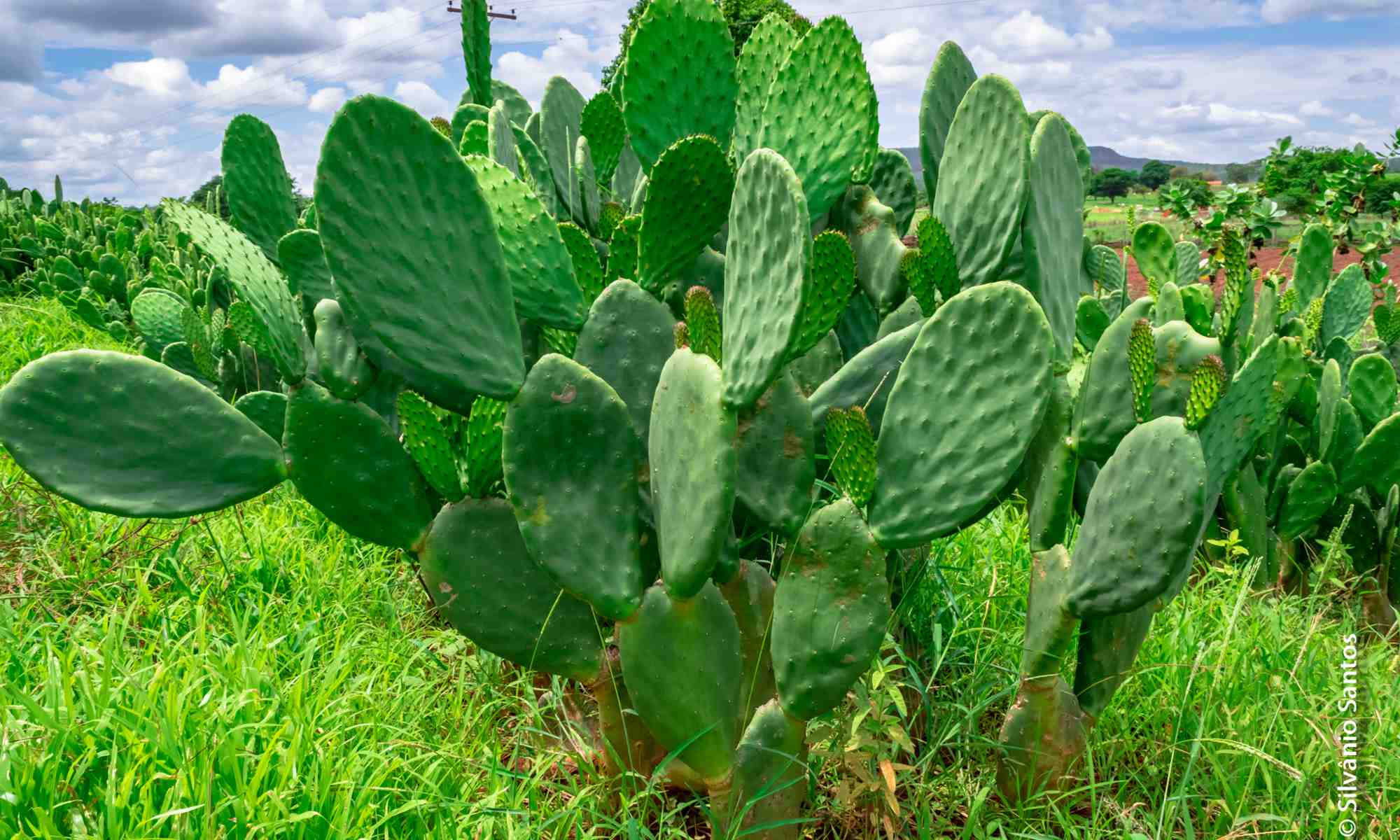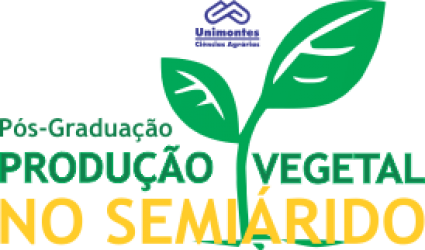- Version
- Download 7
- File Size 1.08 MB
- Create Date 11/06/2021
- Download
OLIVEIRA, Fernanda Soares. Crescimento, produção e absorção de nutrientes pelo abacaxizeiro ‘Pérola’. 2013. 104 p. Dissertação (Mestrado em Produção Vegetal no Semiárido) – Universidade Estadual de Montes Claros, Janaúba, 2013.
O conhecimento sobre crescimento e a quantidade de nutrientes acumulados pelo abacaxizeiro, em cada estádio de desenvolvimento, fornece subsídio para auxiliar no manejo da cultura. O objetivo deste trabalho foi avaliar o crescimento vegetativo, produção, absorção e acúmulo de nutrientes pelo abacaxizeiro ‘Pérola’. O delineamento estatístico utilizado foi em blocos casualizados (DBC), com 11 tratamentos e quatro repetições. Os tratamentos foram definidos no tempo, sendo onze épocas de coleta realizadas aos 1, 173, 248, 291, 354,424, 488, 642, 703, 764, 858 dias após o plantio (DAP). Cada parcela foi composta por 40 plantas dispostas em duas fileiras duplas, avaliando-se 10 plantas centrais. Foram avaliadas as características altura das plantas, diâmetro do talo, comprimento da folha D, matérias fresca e seca dos diferentes compartimentos da planta (folhas, talo, raiz, fruto, coroa e mudas), biomassa vegetativa (folhas, talo e raiz) e biomassa total (somatório de todos os compartimentos da planta), produtividade de frutos, taxa de máximo acúmulo (TMA), taxa de crescimento da cultura (TCC), taxa de crescimento relativo (TCR), correlação de Pearson, absorção, acúmulo e exportação de macro e micronutrientes pela cultura. Os resultados foram submetidos à análise de variância e regressão e ajustados em modelos de regressão não linear e linear. A produção de matéria fresca de frutos com coroa do abacaxizeiro ‘Pérola’ é de 66,41 t ha-1 o que corresponde a 49 % da biomassa total da planta e peso médio por fruto de 1,39 kg. O abacaxizeiro ‘Pérola’ produz ao final do ciclo 134,34 e 61,90 t ha-1 de matéria fresca total e vegetativa, respectivamente, e 33,21 e 18,49 t ha-1 de matéria seca total e vegetativa, respectivamente. O crescimento vegetativo do abacaxizeiro ‘Pérola’ pode ser dividido em 5 fases bem definidas, com base na biomassa vegetativa e na matéria fresca da folha D sendo: até 28 g de folha D V1; 29g a 43 g V2; 44 g a 54 g V3; 55 g a 62 g V4 e 63 g a 68 g V5. As folhas são as responsáveis pelo maior acúmulo de nutrientes pelo abacaxizeiro ‘Pérola’. A sequência observada de macro e micronutrientes acumulados foi de: K>N> Ca>Mg>S>P, Fe>Mn>Zn>B>Cu, respectivamente.
Palavras-chave: Ananas comosus var. comosus, análise de crescimento, matéria seca, produtividade
Growth, yield and nutrient uptake by 'Pérola' pineapple
Knowledge of growth and the amount of nutrient uptake by pineapple, in each stage of its development provides information to assist in the management of the crop. The aim of this study was to evaluate the vegetative growth, yield, nutrient uptake and accumulation by Pérola’ pineapple’. The statistical design was in randomized blocks (RBD) with 11 treatments and four replications. Treatments were defined in time, being eleven seasons collection held at 1, 173, 248, 291, 354.424, 488, 642, 703, 764, 858 days after planting (DAP). Each plot consisted of 40 plants arranged in two double rows, to evaluate 10 central plants. The characteristics evaluated were plant height, stem diameter, D leaf length, fresh and dry weight of different plant parts (leaves, stem, root, fruit, crown and slips), vegetative biomass (leaves, stem and roots) and total biomass (sum of all the plant parts), fruit yield, maximum accumulation rate (MAR), crop growth rate (CGR), relative growth rate (RGR), Pearson correlation, absorption, accumulation and export of macro and micronutrients by crop. The results were submitted to analysis of variance and regression and adjusted in nonlinear and linear regression models. The production of fruit fresh matter with crown is 66.41 t ha-1 which corresponds to 49 % of total plant biomass and average weight of 1.39 kg per fruit. The ‘Pérola’ pineapple at the end of the cycle produces 134.34 and 61.90 t ha-1 of total fresh matter and vegetative, respectively, and 33.21 and 18.49 t ha-1 of total dry matter and vegetative, respectively. The vegetative growth of the ‘Pérola’ pineapple can be divided into five well-defined phases, based on vegetative biomass, and on fresh matter of D leaf and as: up to 28 g of D leaf V1; 29g to 43 g V2, 44 g to 54 g V3, 55 g to 62 g V4, 63 g to 68 g and V5. The leaves are responsible for the highest nutrient accumulation by Pérola’ pineapple’. The observed sequence of macro and micronutrients accumulated was K> N> Ca> Mg> S> P, Fe> Mn> Zn> B> Cu, respectively.
Keywords: Ananas comosus var. comosus, growth analysis, dry matter, yield.

